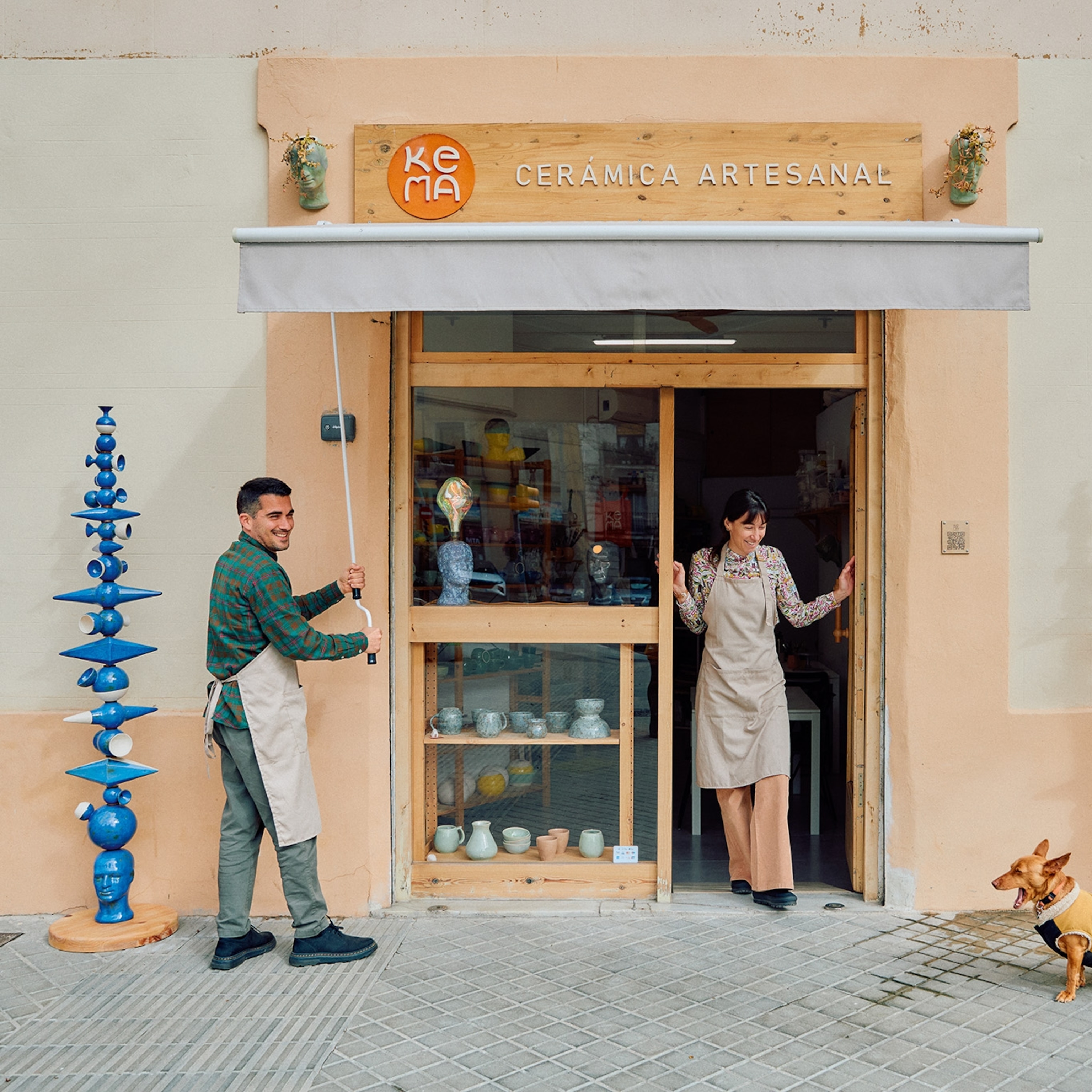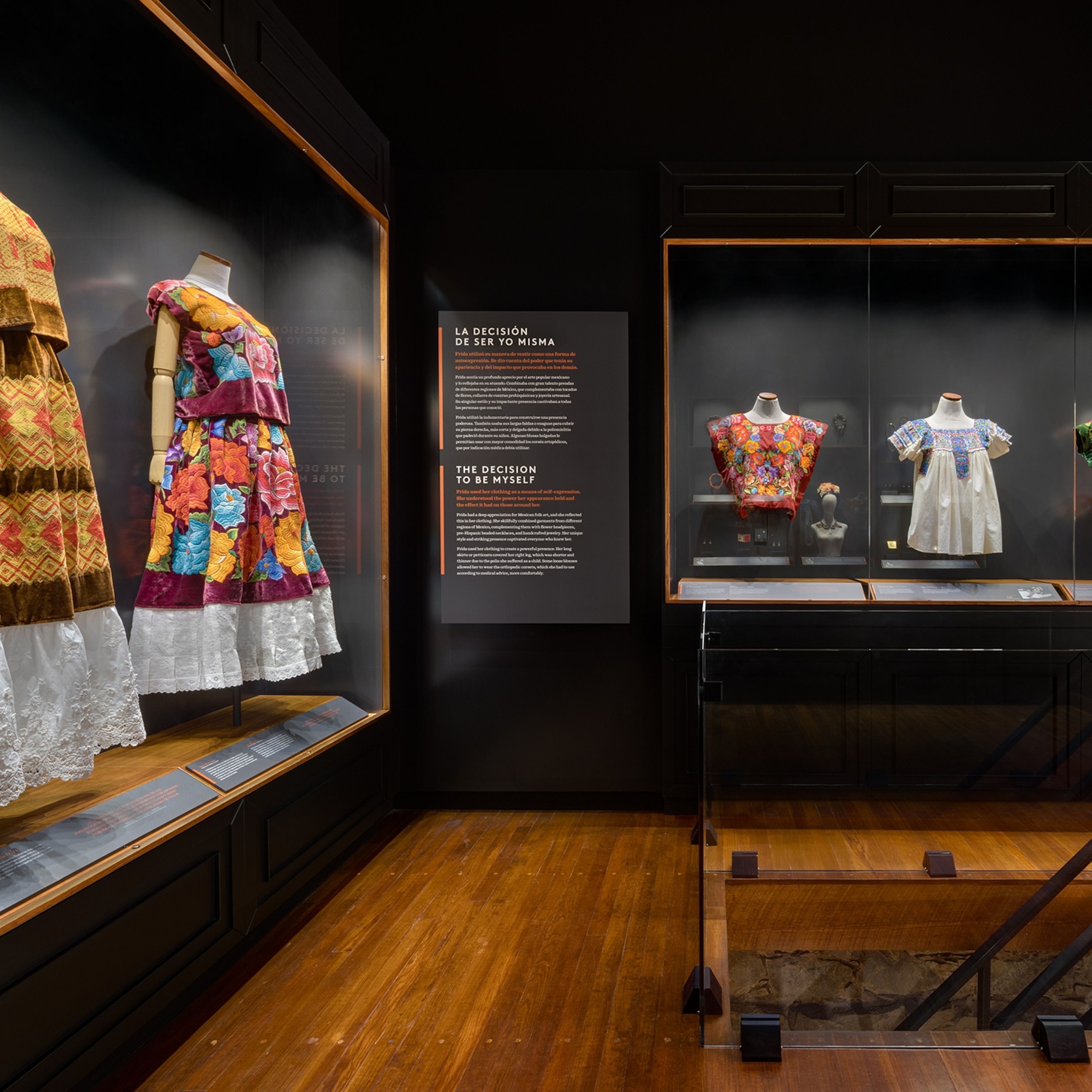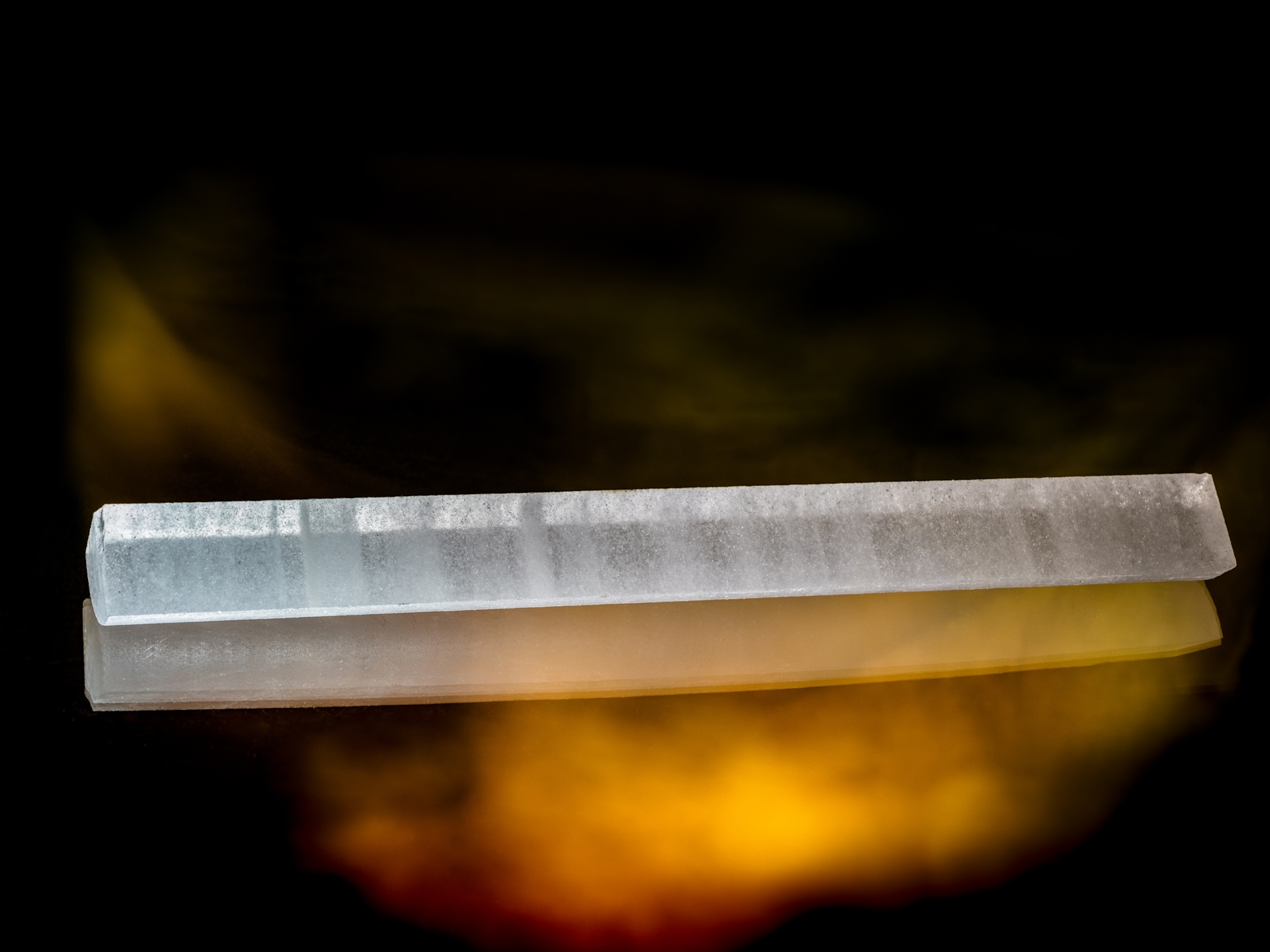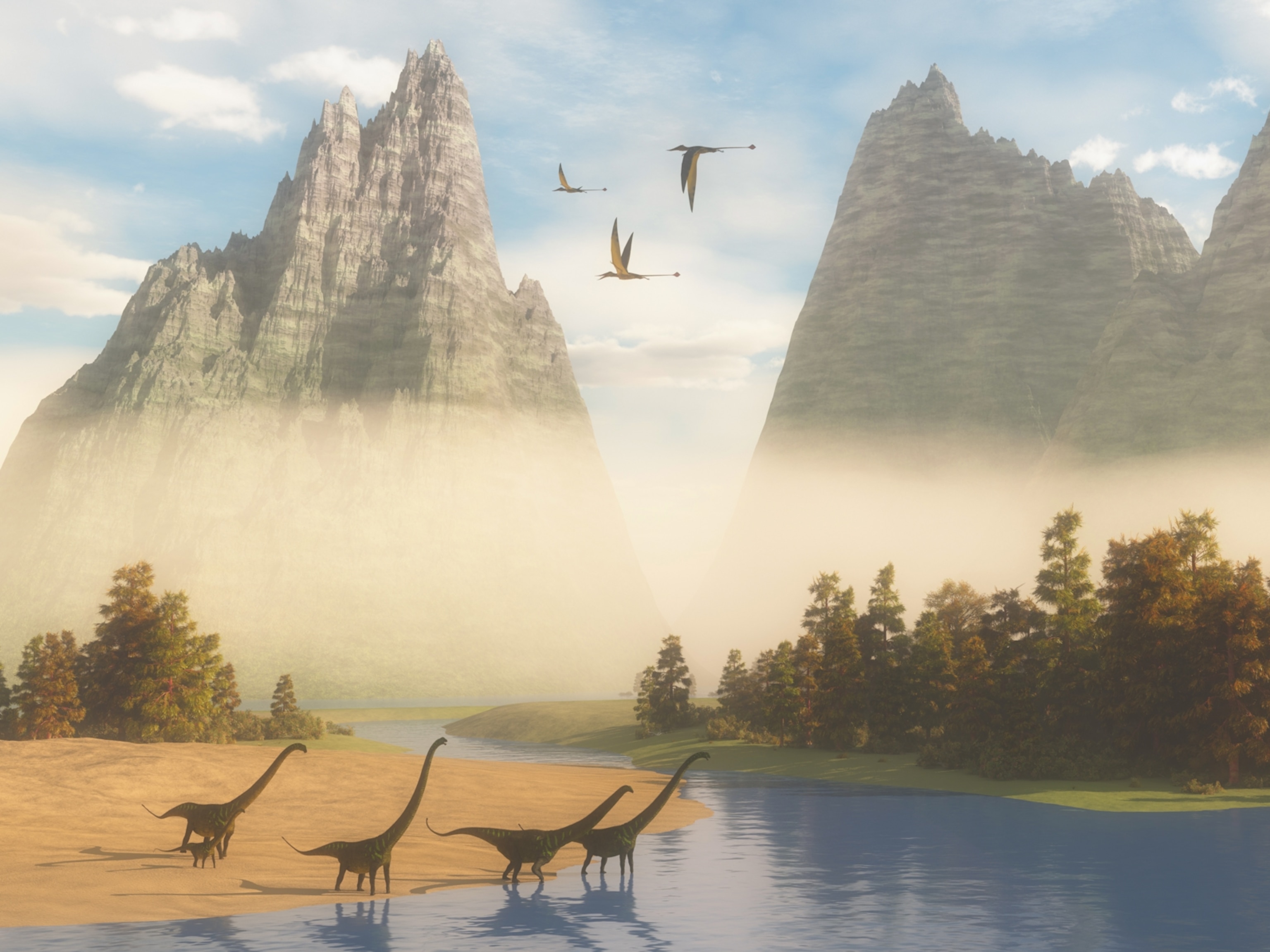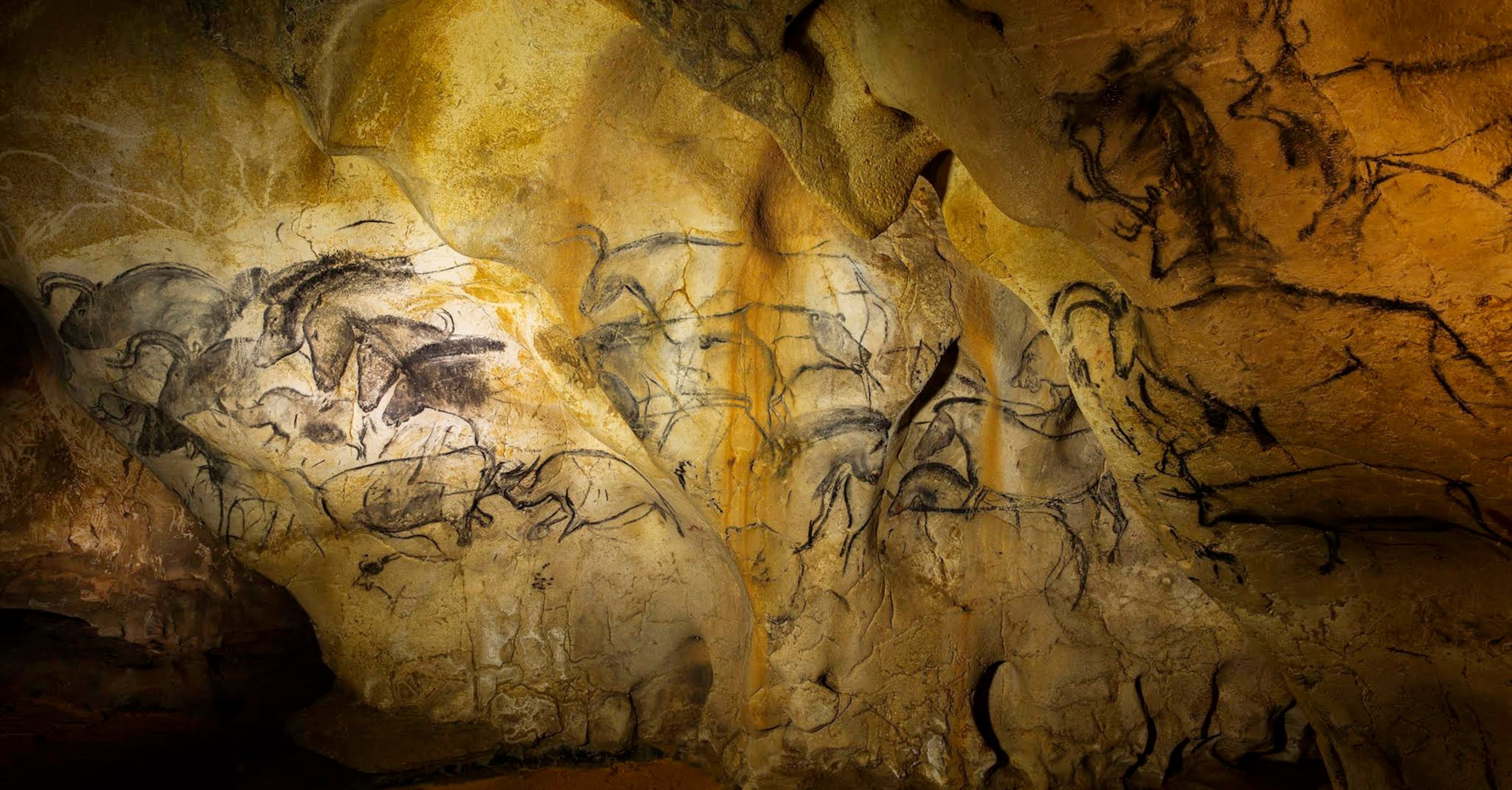
World's Most Ambitious Re-Creation of Prehistoric Cave Art to Open
After three years of effort, a precision replica of a French cave and its 36,000-year-old art will open to the public in April.
On a September afternoon in 2013, Gilles Tosello sat sipping a cup of American-style coffee in his Toulouse studio, pondering the talents of cave painters who lived in France 36,000 years ago.
Tosello enjoyed a personal connection with those painters because he was the man the French Ministry of Culture and Communication had engaged to re-create their most famous works, some of the oldest, most beautiful, and best preserved cave art on Earth: the images in the Cave of Chauvet-Pont-d'Arc. Its legendary Panel of Horses includes exquisite charcoal horse heads, snarling lions, and battling wooly rhinoceroses drawn across 475 square feet of undulating rock. Even more famous is another tableau he was hired to re-create, the spectacular Lion Panel, 750 square feet of prowling lions, baby mammoths, and charging rhinos. Tosello sighed.
No pressure.
His studio was crowded with panels of faux limestone the size of billboards. All morning Tosello had been scraping the rock, fiddling with different varieties of charcoal, trying them out on various surfaces, gazing at projected images of the original artwork, and scratching his head.
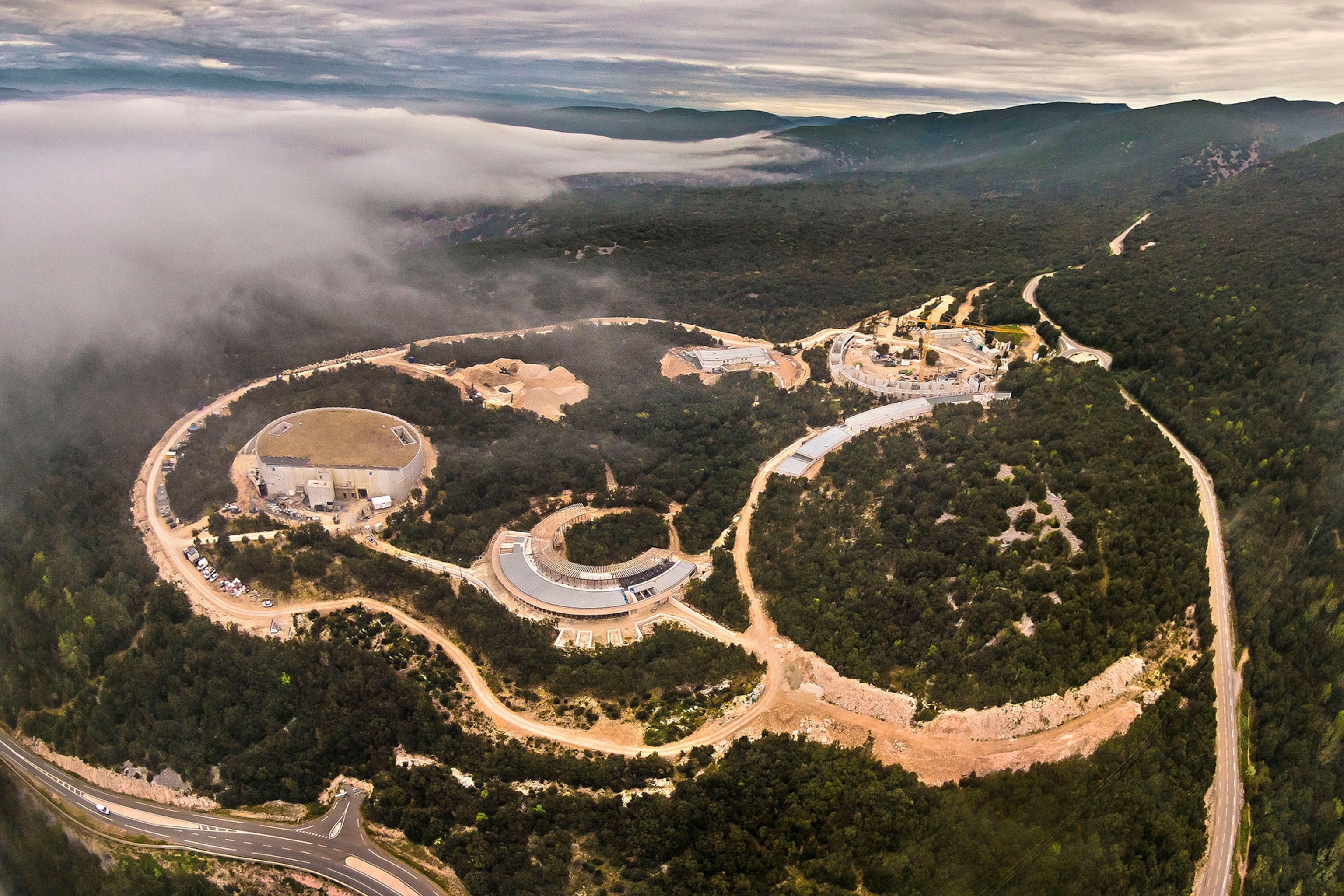
The challenge was unnerving. He was not simply retracing the original images: He was drawing them freehand to maintain their natural, intuitive look. He had to try to inhabit the ancient artist's mind and comprehend the techniques and feelings that had led to these masterpieces so long ago. (Read Chip Walter's "First Artists" in National Geographic magazine.)
Tosello's task, a formidable undertaking on its own, was only part of an even more ambitious, $67 million effort to create a replica cave and educational complex, a kind of latter-day time machine, set on 40 acres of a rugged mountain plateau in the Ardèche region of southern France.
These structures—construction began in 2012 after two decades of planning and legal wrangling—will house the most extravagant re-creation of prehistoric cave art in the world, a bare one and a half miles as the crow flies from the original. A consortium of government agencies made this bet because experience had taught them that caves as rare as this are extremely popular attractions, yet also entirely too precious to expose to large crowds.
France's Lascaux and northern Spain's Altamira, the other acknowledged gems of ancient cave art, have illustrated, painfully, the damage millions of visitors can inflict. Though Lascaux has been closed since 1963, it still suffers from infestations of lichen and black mold that are thought to be linked to the presence of visitors. Altamira, though reopened to very small groups in February 2014, had been closed to the public in 1977 because the carbon dioxide in the exhalations of a century's worth of visitors had deteriorated the cave's colorful renderings.
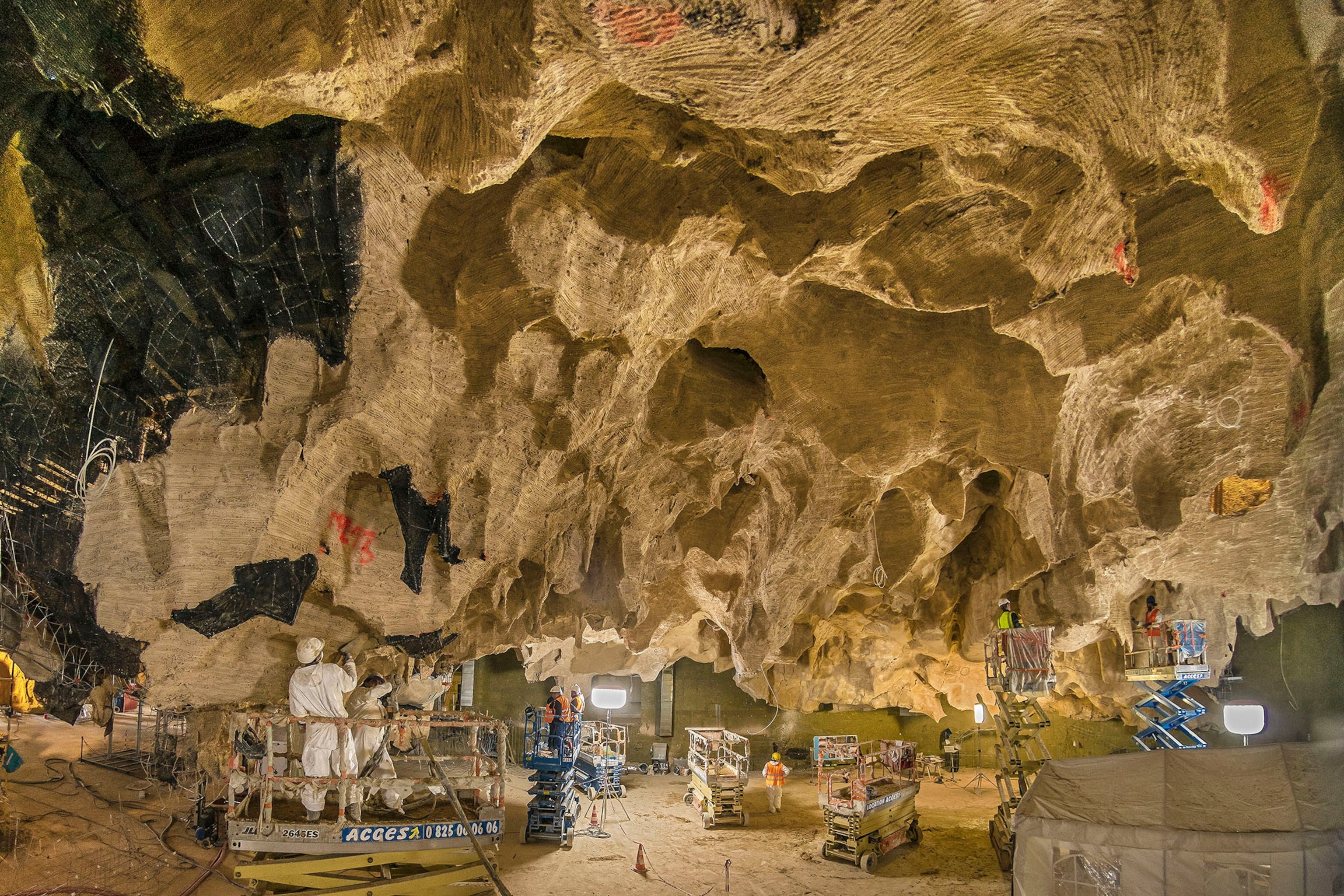
The Ardèche complex, known simply as Pont-d'Arc Cave, is an effort to avoid all that. Among its sprawling attractions is a teaching and exposition hall, a restaurant, a shop, and a multimedia and discovery center. But the indisputable centerpiece will be the replica.
It's not an exact copy of the original cave, which is the length of two and a half football fields, covers 86,000 square feet, and features five enormous and craggy chambers. Instead the project's planners, an unlikely collection of engineers, geologists, artists, paleoanthropologists, politicians, designers, and "scenographers," decided to focus on Chauvet's greatest primeval hits—425 renderings created, as best scientists can figure, 36,000 to 25,000 years ago.
Accomplishing this feat required finding a way to cluster the works into an enclosed space that would be smaller than the original cave but still deliver the inspiring experience visitors would have enjoyed had they been lucky enough to enter the original. But how?
First, says Michel Clément, the project's director, the team members took carefully arranged trips into the original Chauvet until they came to know it intimately—every piece of artwork, every stalagmite and stalactite, every animal bone and archaeological artifact within the cave. Designers took 6,000 photos and spent 680 hours laser scanning every crack and crevice of Chauvet's chambers, floor to ceiling.
From the data collected, they created a high-fidelity digital copy of the cave. The scans, at 16 pixels per square millimeter, are so detailed that in many ways they provide a better view than a visitor could experience walking through Chauvet itself. Once the scanning was complete, more than 80 sections of the cave were snipped from the immense file and pieced together virtually, as if they were a 3-D puzzle, to make a smaller, but still impressive, amalgam.
The next, far more daunting step was to transform a digital puzzle into an artificial cave nearly as large as a football field."We started from scratch," Clément said last April, before taking me on a tour of the construction site.
First, each laser-image slice of the cave was projected onto large, flat tables, where workers hand-shaped metal rods to form the framework of the section. Teams then hung the rods from a metal ceiling grid, producing something that resembled the metallic skeleton of an enormous animal.
Once these "bones" were in place, another team mounted a metal mesh on them, which was then sprayed with a foam mortar. Next a coat of cement was troweled on, and workers, painters, sculptors, and geologists worked each surface until it precisely matched the original cave's walls. Gaps were left for the limestone panels of artwork that Tosello was puzzling over that fall day in his studio.

Re-creating the experience of the original was paramount, said Clément. The replica's temperature will even match the original cave's. When I entered one finished section, it was difficult to distinguish from the real chamber that I'd been lucky enough to explore earlier the same day. All that work is now drawing to a close. After nearly three years of furious construction, Pont-d'Arc Cave will open on April 25, 2015.
The French government, the Ministry of Culture and Communication, the European Union, and most of all, the leaders of the Ardèche region, who have pushed hard for the complex, hope it will attract 400,000 visitors the first year and 300,000 annually after that, a migration into the sleepy area that's expected to lead to tens of millions more dollars being invested in hotels, restaurants, and other tourist-oriented amenities. Meanwhile the original Chauvet-Pont-d'Arc—designated a World Heritage site by UNESCO in June 2014—can remain protected and intact for thousands of years to come.
